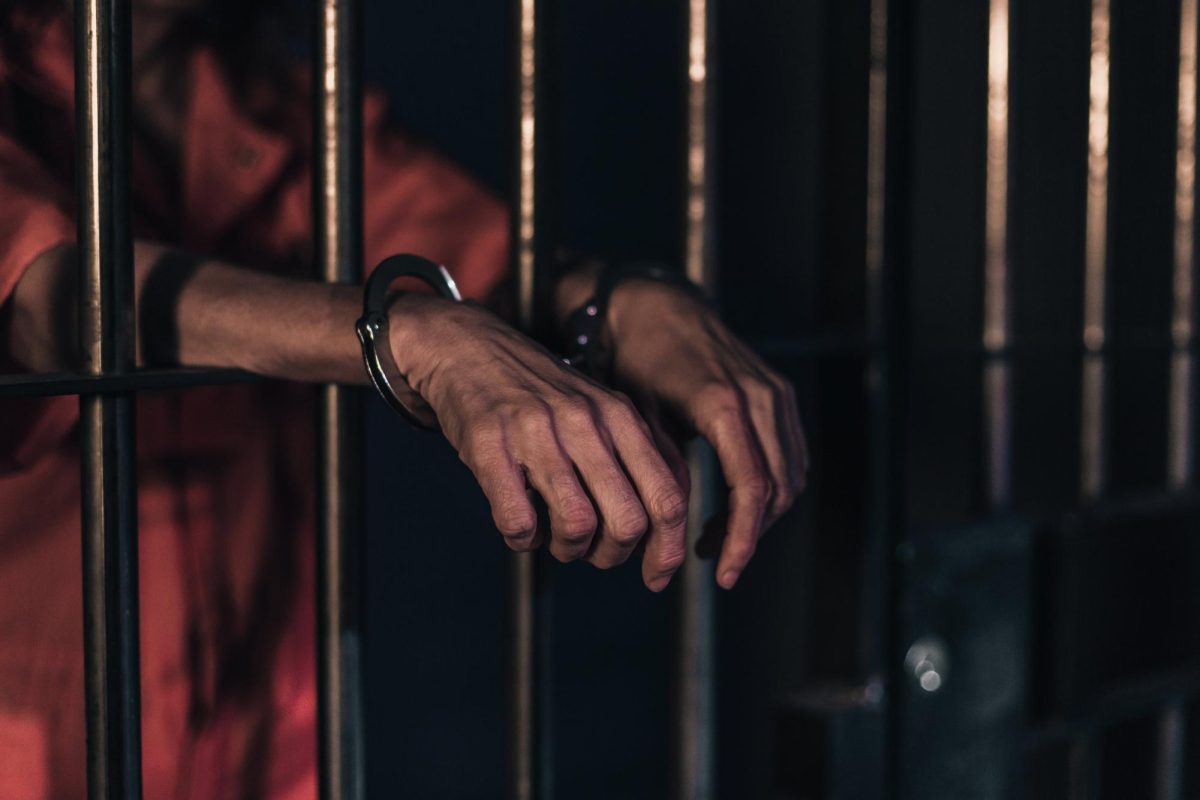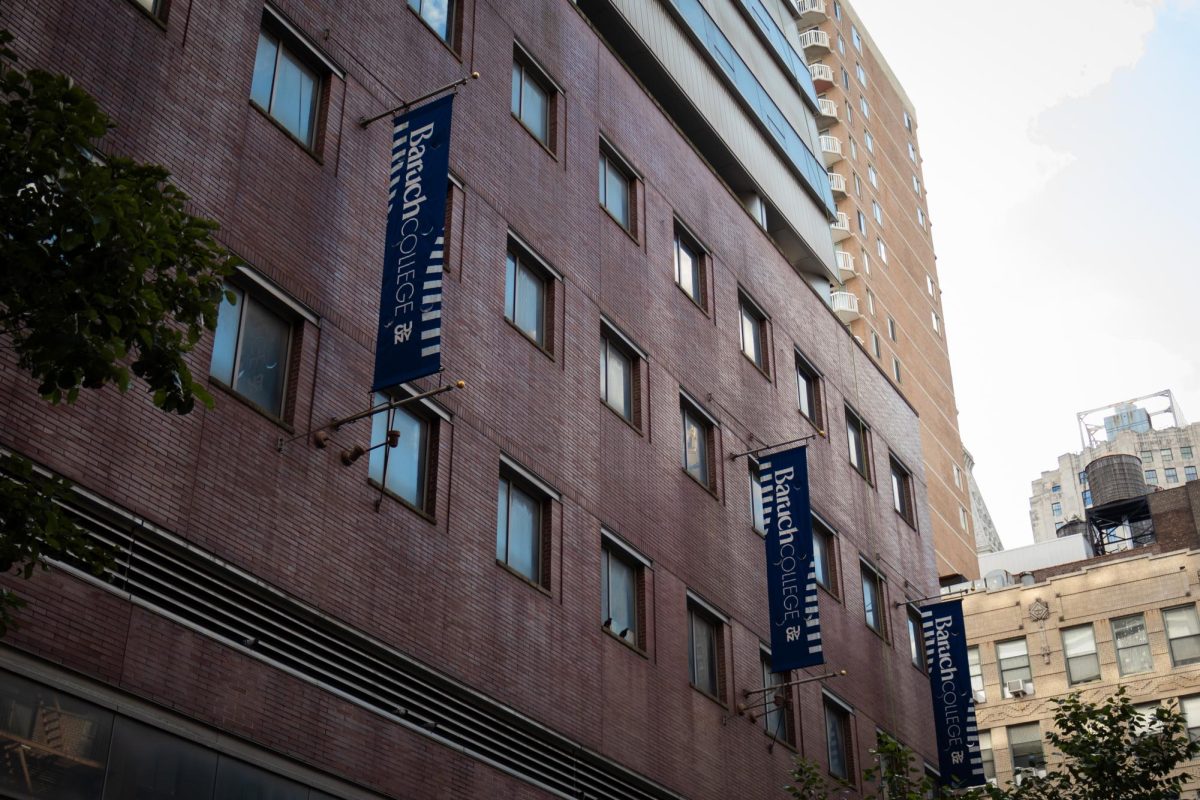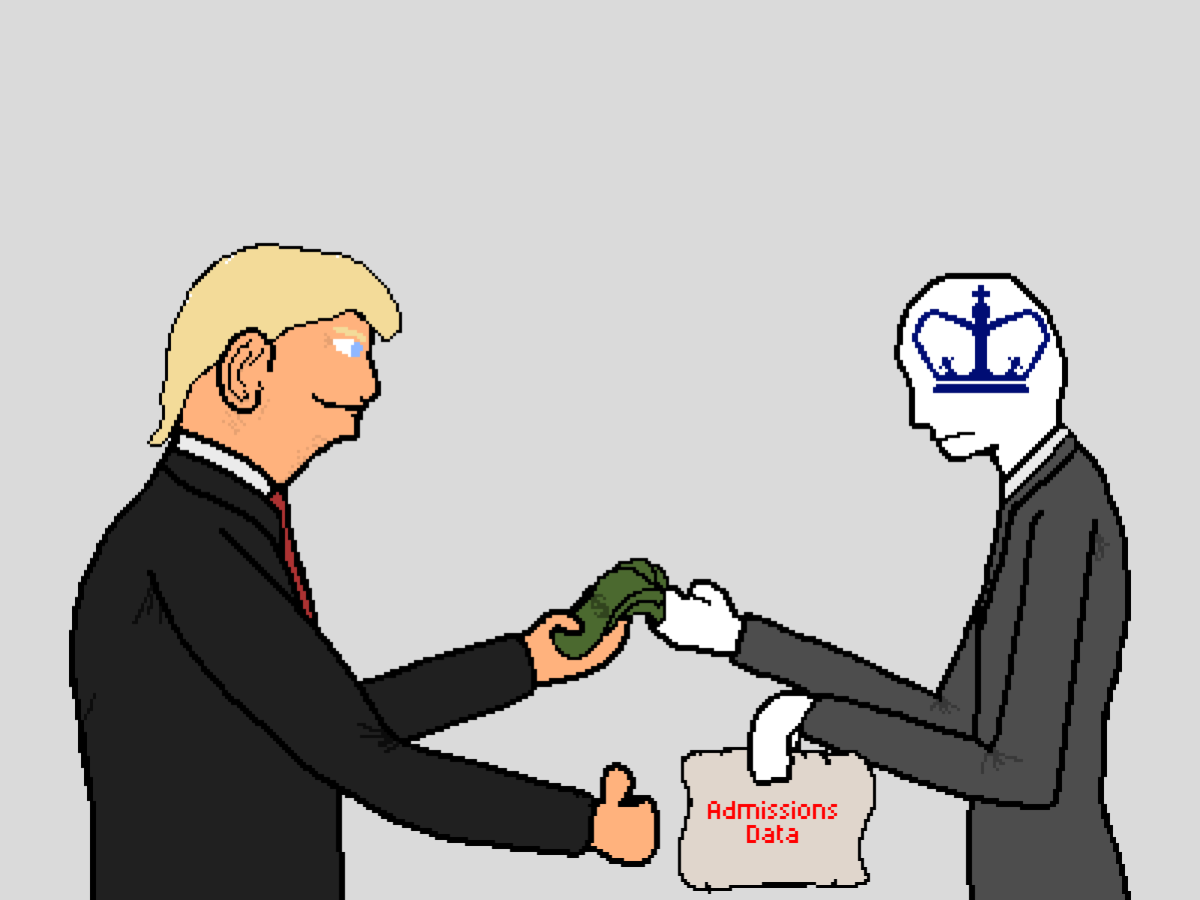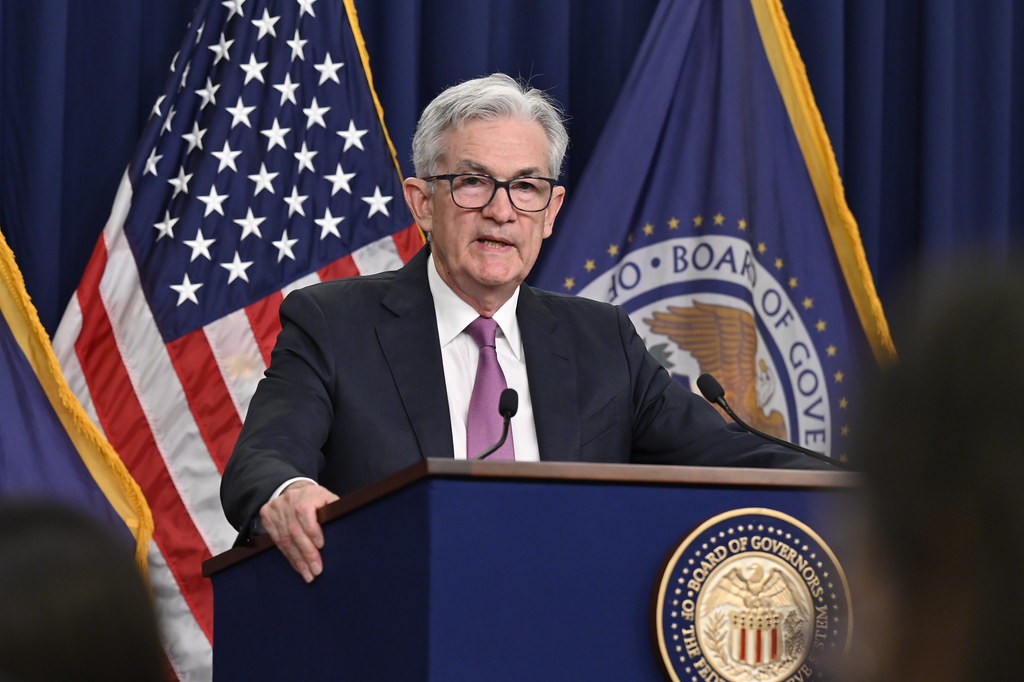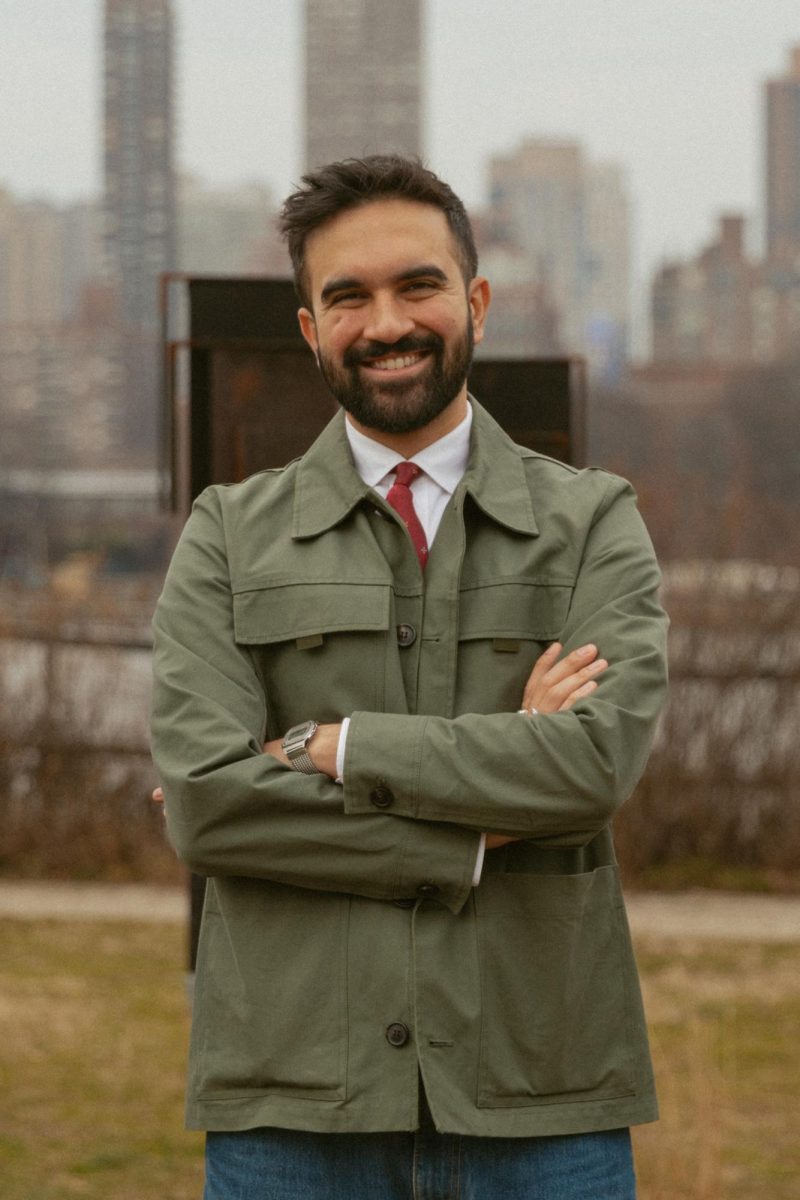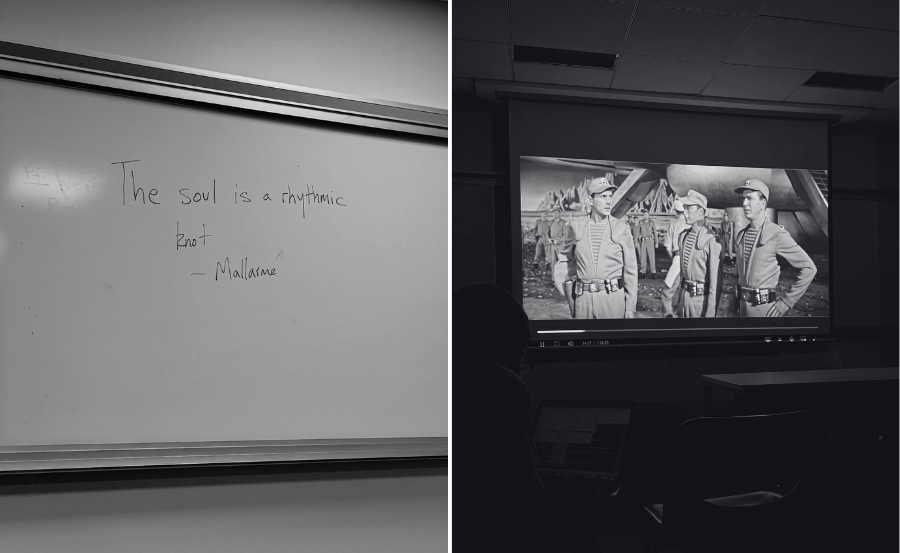Public spaces are important for creating walkable cities to limit the environmental impact from cars. Pushing for green public spaces, especially parks and gardens, can contribute to improving air quality in low air quality neighborhoods.
Ya-Ting Liu, New York City’s first public realm officer, has identified environmental projects that can make the five boroughs safer, greener and cleaner.
Some of Liu’s ideas include creating pedestrian plazas in congested streets, wider sidewalks and an expansion of public spaces such as an area located below the Manhattan side of the Brooklyn Bridge.
Liu’s various projects are beneficial ideas which focus on repurposing public space.By reducing the need for cars, greenhouse gas emissions and air pollution would lessen. Other environmentally-friendly alternatives to transportation include increasing bike or bus lanes and making MTA subway lines.
People who live in high-poverty areas are more likely to experience air pollution-related health problems, according to the most recent NYC health department analysis.
High-poverty neighborhoods tend to be primarily composed of people of color, so there should be a focus on fighting high levels of air pollution to address racial and economic disparities. Additionally, improving the air quality would reduce the number of respiratory problems and related health issues.
The key to a cleaner city lies within allocating an appropriate amount of funding to diverse neighborhoods of color who have had a long recorded history of neglect and impacts from climate change.
A few years ago, the New York City Council funded over 16 organizations that focused on environmentally focused initiatives, like environmental education, advocacy and green-job training.
Pushing for a change through new environmental policies or programs, lets the public recognize that efforts are being made on the people’s behalf.
Without the proper funding being allocated to these projects, progress would be slow or even nonexistent.
New York City needs cleaner parks for the communities, as well as more trees placed in public areas to reduce pollution, making Liu’s work significant.
Liu’s work in putting a spotlight on the multiple public space projects is a move that must be copied by local lawmakers, including Mayor Eric Adams and the entirety of the City Council. If residents see that politicians prioritize a cleaner New York, they will follow suit and push for similar initiatives.
In addition to addressing green initiatives, the projects also address public safety.
In the Bronx, upgrades for the Willis Avenue area will include a two-way bike lane separated from traffic. This feature is highly beneficial to pedestrians who may frequent the area as public data has shown that the traffic fatalities in the northern borough have reached high levels since 2014.
Initiatives geared towards combating climate change in New York City are crucial. Green initiatives can help address environmental changes, reduce pollution, combat climate change and improve the overall quality of life for more than 8 million residents of the city.
But without a local government that prioritizes clean living in their city budgets, clean living will be nothing more than a fantasy for New York City residents. Proper funding for green initiatives is vital for the city as it accelerates environmental progress, fosters innovation, creates a sustainable economy and safeguards the city for future generations.



